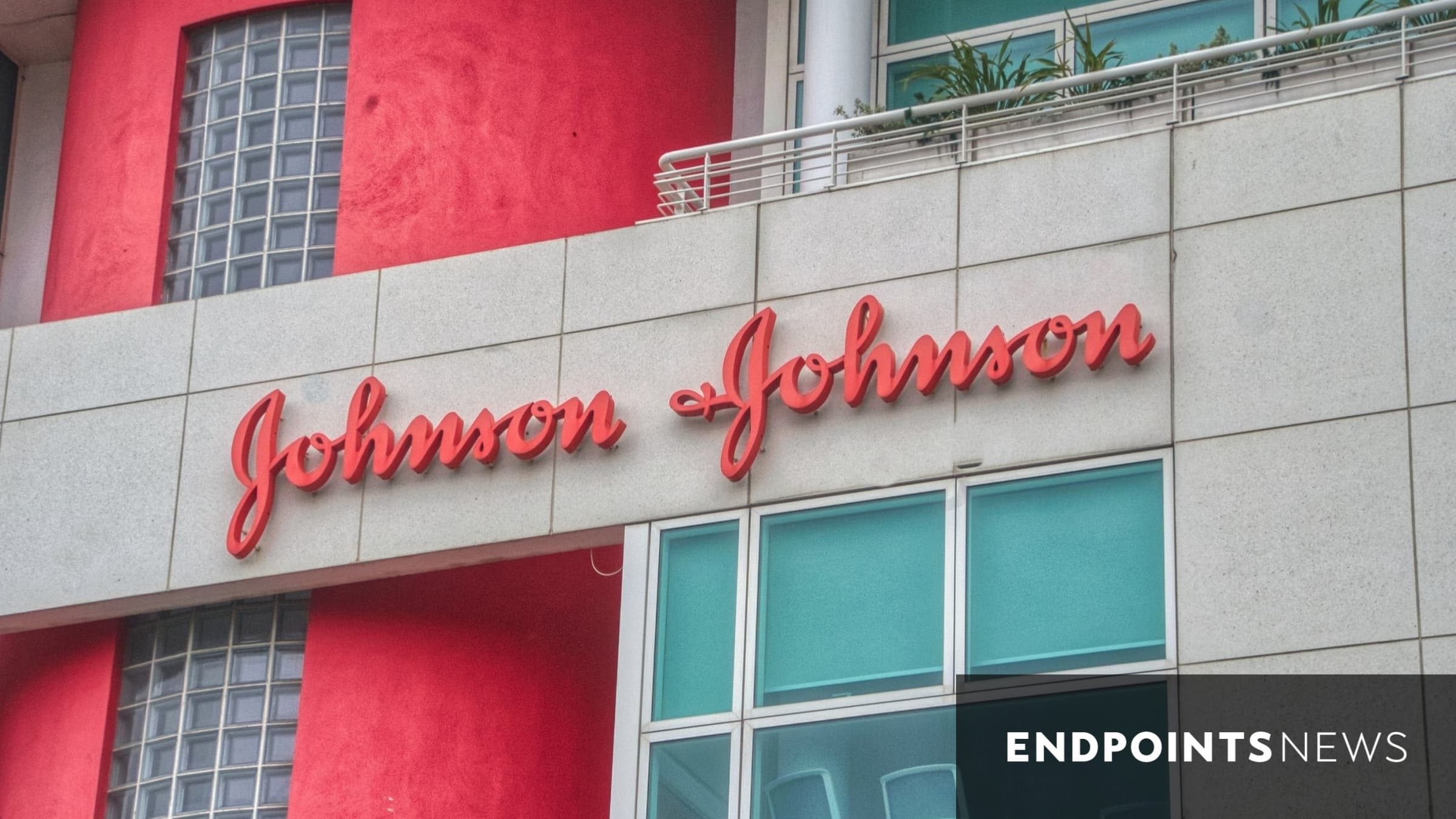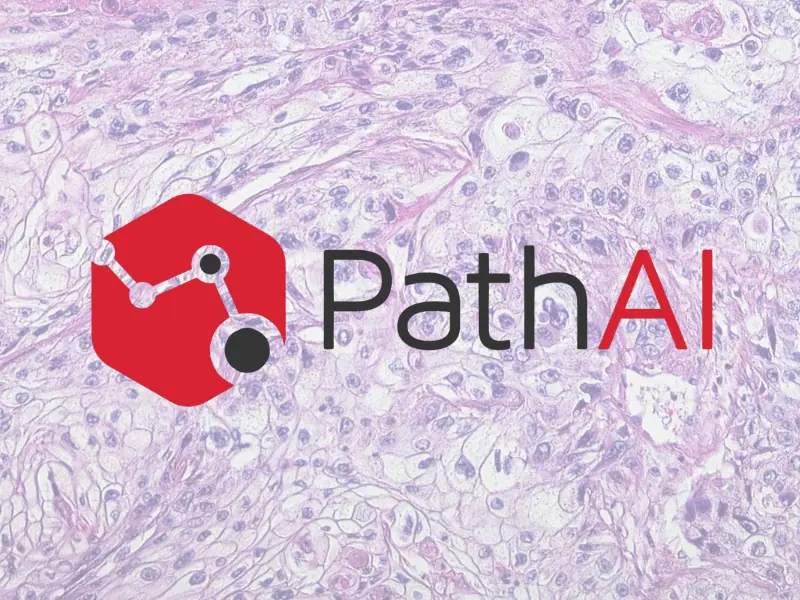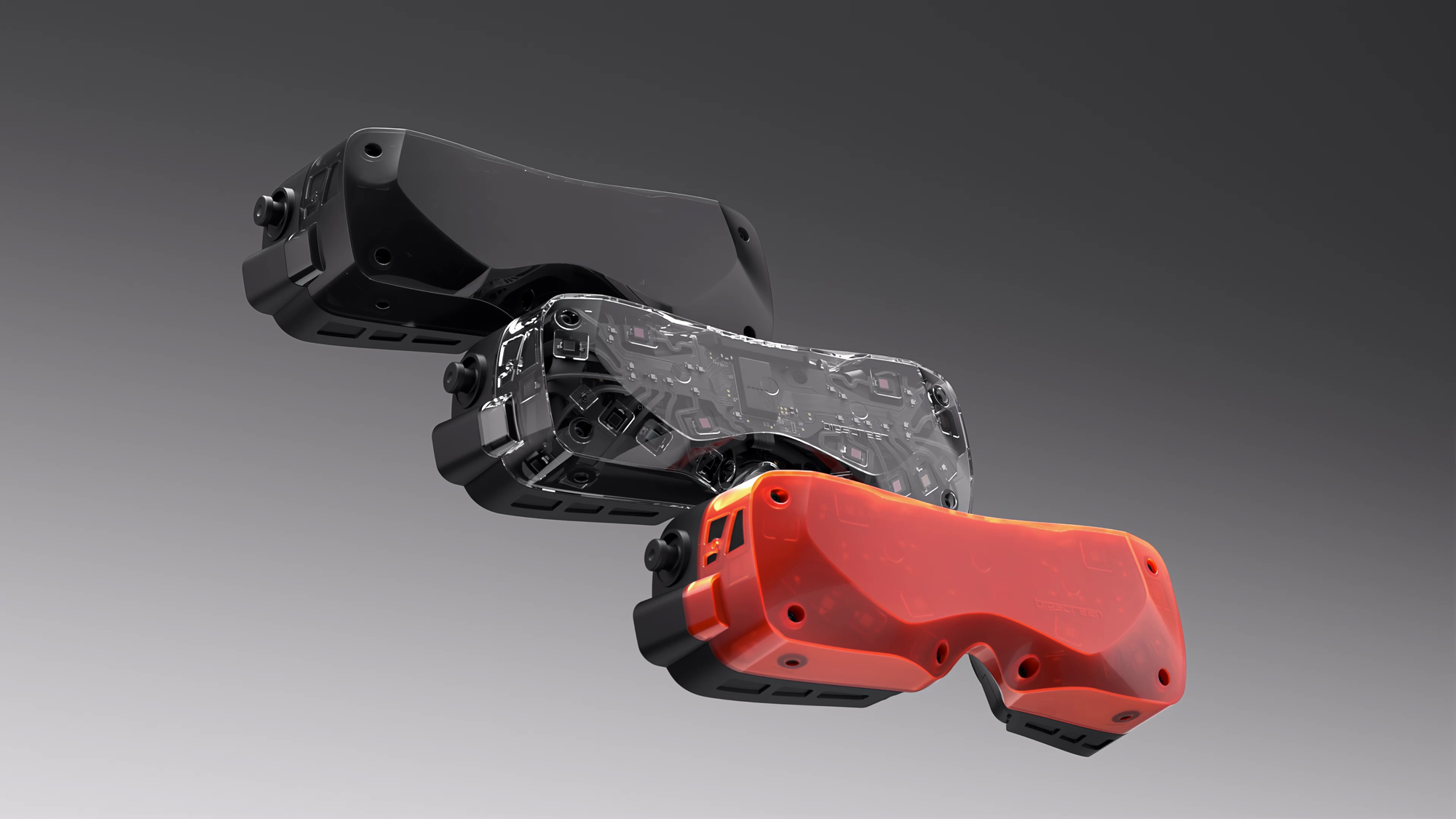Simplifying HIPAA Compliance: How Microsegmentation Can Help
In today’s cybersecurity landscape, the stakes have never been higher especially for organizations in the healthcare industry. Data breaches and ransomware attacks are not just increasing in frequency—they’re becoming more sophisticated, leaving even the most prepared organizations vulnerable. The reality is clear: protecting electronic protected health information (ePHI) demands comprehensive, granular control. This urgency has ... Read More


In today’s cybersecurity landscape, the stakes have never been higher especially for organizations in the healthcare industry. Data breaches and ransomware attacks are not just increasing in frequency—they’re becoming more sophisticated, leaving even the most prepared organizations vulnerable. The reality is clear: protecting electronic protected health information (ePHI) demands comprehensive, granular control.
This urgency has been underscored by the Department of Health and Human Services’ (HHS) proposed updates to the HIPAA Security Rule, which emphasize the necessity of network segmentation to help prevent lateral movement and safeguard sensitive data. However, it’s not just about compliance; it’s about survival in a world where threats evolve daily. When it comes to segmentation, not all solutions are created equal.
While traditional segmentation approaches, such as VLANs or static firewall rules, provide some level of protection, they fall short in the face of modern threats. These methods are often rigid, complex to manage, and lack the real-time adaptability needed to address today’s dynamic risk landscape. That’s where microsegmentation steps in, offering a superior alternative. Let’s first understand the new guidance and why it matters.
Why the New HIPAA Guidance Demands More
The proposed modifications to the HIPAA Security Rule, specifically 45 CFR 164.312(a)(2)(vi), call for “reasonable and appropriate” technical controls to segment networks and electronic information systems. This represents a critical step forward in addressing the lack of barriers to lateral movement within a network.
Consider the following scenario:
- A point-of-sale (POS) system, connected to a flat network of assets, is hit by a targeted malware attack designed to exploit vulnerabilities in the system.
- Without network segmentation, the attacker can then move laterally and gain access to an electronic health record (EHR) system.
- The result? A catastrophic breach of sensitive ePHI, leading to financial, reputational, and regulatory fallout.
This example underscores why microsegmentation is crucial in today’s world of cybersecurity. The goal is clear: impede intruders at every turn, isolate systems to prevent widespread damage, and ensure sensitive data remains secure.
The upcoming changes to HIPAA Security Rules are set to create significant challenges for healthcare organizations, but the biggest hurdle may not be compliance itself–it’s the underlying network infrastructure. Many healthcare providers operate electronic health records (EHR) systems on flat networks where data moves freely between devices, applications, and users without strict microsegmentation. While this design is efficient it also presents major security risks in a world where data protection requirements demand a stronger approach.
The Cost of Rearchitecting vs. Microsegmentation
Traditionally, network security operations relied on next-generation firewalls (NGFWs) and VLAN segmentation, but for most organizations, rearchitecting an existing flat network using these legacy tools would be complex and expensive. Making these changes to comply with new guidelines and better protect EHRs could require a massive investment in infrastructure and result in downtime.
This is where a microsegmentation strategy starts to make more sense as a practical and cost-effective solution. Unlike traditional network segmentation, microsegmentation applies security policies at the workload level, enabling granular control over data flows without the need for costly hardware overhauls. With microsegmentation, organizations can enforce HIPAA-mandated protections without disruption and lower costs.
Take Action
The risks are clear, the guidance is explicit, and the solutions are available to help organizations secure their ePHI, comply with evolving regulatory standards, and protect organizations from disaster.
In today’s evolving cybersecurity landscape, staying proactive is essential. Microsegmentation provides a powerful way to enhance your organization’s security and resilience against modern threats. Taking action now can help safeguard your systems for the future.
About Garrett Weber
Garrett Weber is the Field CTO for Akamai’s Enterprise Security Group, where he works with organizations to guide them through their Zero Trust journey. In his role as Field CTO, Garrett worked very closely with organizations of all sizes to adopt and successfully implement Zero Trust solutions into their environment. Garrett brings practical, real-world experience from years working in various security roles, in the Insurance, Healthcare and Consulting industries. He also spent 12 years in the Air National Guard as part of a Cyber Warfare Squadron that worked alongside both the Air Force Computer Emergency Response Team (AFCERT) and the Defense Information Systems Agency (DISA).










































































.jpg)





































































